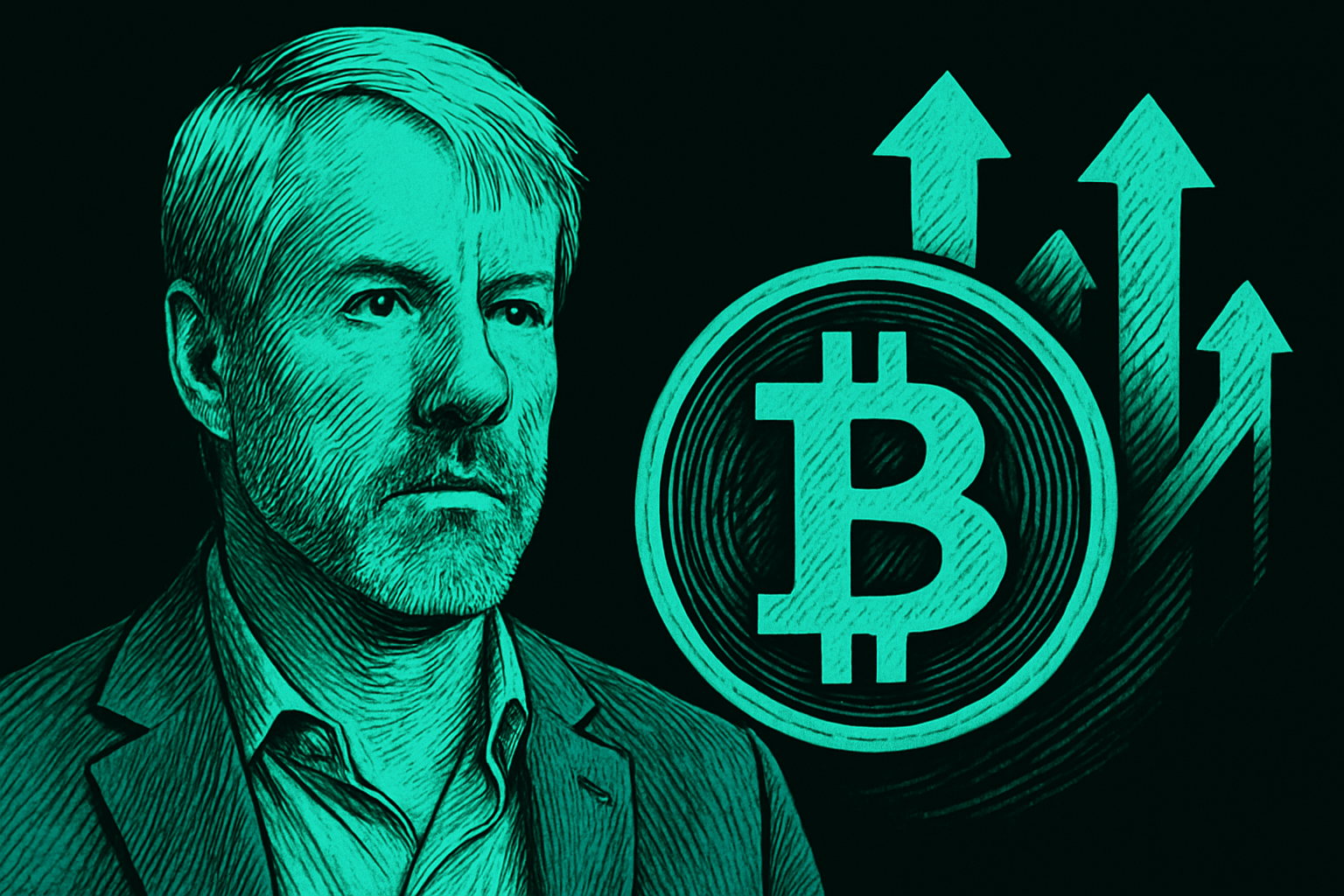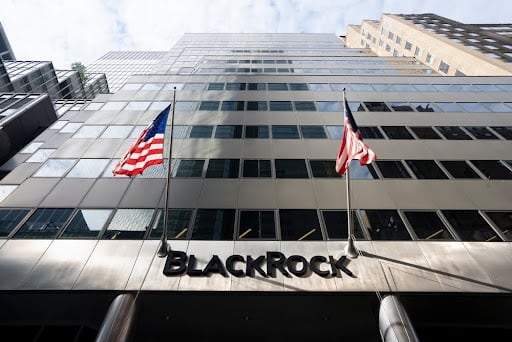ARTICLE AD BOX

- During the COVID-19 pandemic, governments, particularly the U.S. Treasury, poured trillions of dollars into the economy to support struggling businesses.
- In a chat with Jordan Peterson, Michael Saylor opened up about how the uncertainty of the pandemic made him take a hard look at BTC.
Michael Saylor didn’t come to Bitcoin (BTC) overnight. His journey began long before the headlines and crypto conferences, deep into enterprise software, long work hours, and fiscal discipline.
“I started a company back in 1989,” Saylor told Jordan B. Peterson in a recent interview. “For over 30 years, I ran MicroStrategy, a firm we took public in 1998. We built analytics software for banks, retailers, and insurers, helping them make sense of massive data.” For decades, MicroStrategy stuck to one mission: build great enterprise software. Saylor had little reason to veer off course. But the world changed in 2020.
A Pandemic and a Paradigm Shift
When COVID-19 struck, so did economic chaos. Governments, especially the U.S., began printing trillions of dollars to prop up faltering economies. To Saylor, this wasn’t just stimulus; it was a warning sign. “The money printing, it just didn’t feel right,” he said. “Cash was becoming a melting ice cube.”
That year, MicroStrategy made waves by investing $250 million of its corporate treasury into 21,454 BTC, making it the first publicly traded company to do so on such a large scale. To most observers, it seemed like a radical move. But for Saylor, it was a calculated pivot away from inflation-prone fiat currencies.
Interestingly, the seed for this pivot may have been planted in 2019, when MicroStrategy sold the domain Voice.com to Block. one (creator of EOS) for a staggering $30 million. At the time, it was one of the largest domain sales in history. “It got me thinking seriously about digital assets,” he explained. That sale, and the liquidity it provided, gave Saylor room to explore alternatives to holding cash, without diving headfirst into traditional diversification strategies.
Saylor had tried diversification in the past, and it didn’t always work. “By 2010, we had overexpanded,” he recalled. “I wanted to run 10 different businesses. One worked. The other nine failed.” So when the conventional Wall Street wisdom said to sell half of a winning stock to diversify, he began to question it. Why sell something that works, just to buy something inferior? That logic, applied to his portfolio, led him to consider Bitcoin not as a risky bet, but as the dominant store of value for the digital age.
Under Saylor’s leadership, MicroStrategy didn’t just dabble in Bitcoin; it went all in. The company used cash, stock offerings, and even convertible bonds, a type of debt that converts to equity, to accumulate more BTC.
As of June 12, MicroStrategy, now rebranded as Strategy, holds approximately 582,000 BTC, making it the largest corporate holder of Bitcoin in the world. These purchases were made at various prices. Its most recent purchase is when it bought 1045 BTC at an average cost of $70,086, and the purchase made before that was 705 BTC at $106,495. The scale is staggering, yet the conviction never wavers. “Bitcoin is not a trade,” Saylor has said.
It’s a long-term strategy.
Since that first $250 million investment in 2020, at least 61 other companies have followed suit, allocating some portion of their corporate treasuries into Bitcoin. For instance, CNF reported that Metaplanet purchased about 1,004 Bitcoin, spending around 15.2 billion yen, or approximately $104.6 million. Also, GameStop purchased 4,710 bitcoins to add to its balance sheet with a valuation of nearly $513 million.
Michael believes we’re still just getting started with Bitcoin. He’s even speculated that Bitcoin could eventually hit $1 million per coin, with a total market value reaching $200 trillion by the year 2045. He often describes it as “digital gold,” but better. Unlike gold, Bitcoin doesn’t have the downsides. There’s no need to store it in a vault, move it across borders, or worry about its supply being increased. It’s secure, limited, and built for the digital world.
.png)
 22 hours ago
1
22 hours ago
1








 English (US)
English (US)